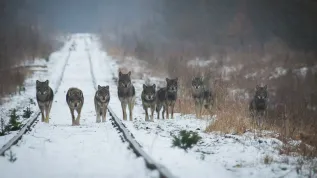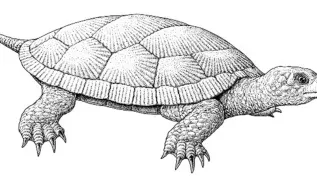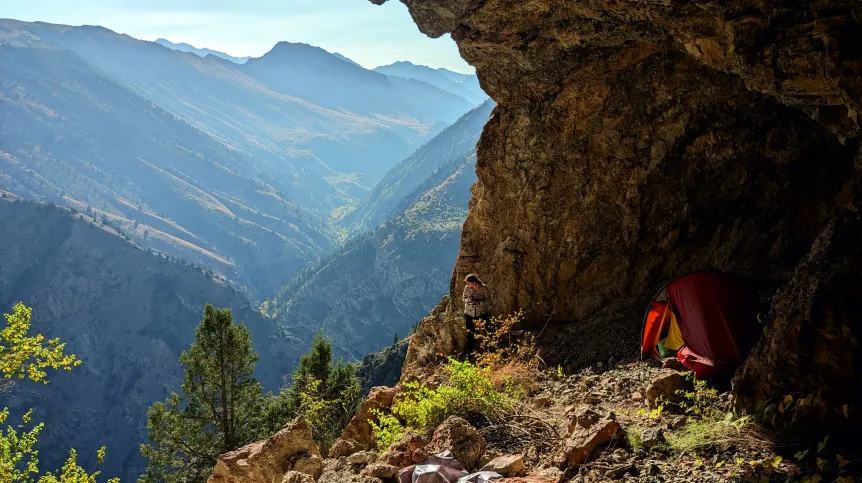
Scientists from the University of Warsaw are set to embark on an ambitious search for traces of prehistoric human life in the high-altitude caves of Central Asia.
The research aims to uncover clues about when Homo sapiens first arrived in the region and how our ancestors interacted with other hominid species, such as Neanderthals and Denisovans.
The project led by Dr. Małgorzata Kot received a prestigious European Research Council (ERC) Consolidator Grant worth €2.55 million to explore the origins of key human developments, such as the sudden increase in technological sophistication around 50,000 years ago. The project will focus on caves in the western Tien Shan and Pamir-Alay mountain ranges—regions that served as crucial migration corridors for early humans moving from Africa into Eurasia.
'Our species emerged 300,000 years ago. However, all the features and skills associated with modern humans: creating art, religion, technological changes - did not appear all at once. They appeared very late, only about 50,000 years ago. During this time, not much happened in our development as Homo sapiens. So the question arises: what happened at that moment that we suddenly could do more? And to what extent was this related to the migration of our species north, and to the fact that we collided with other hominids: Neanderthals and Denisovans, who had already been living in Europe at that time?', said Dr. Kot.
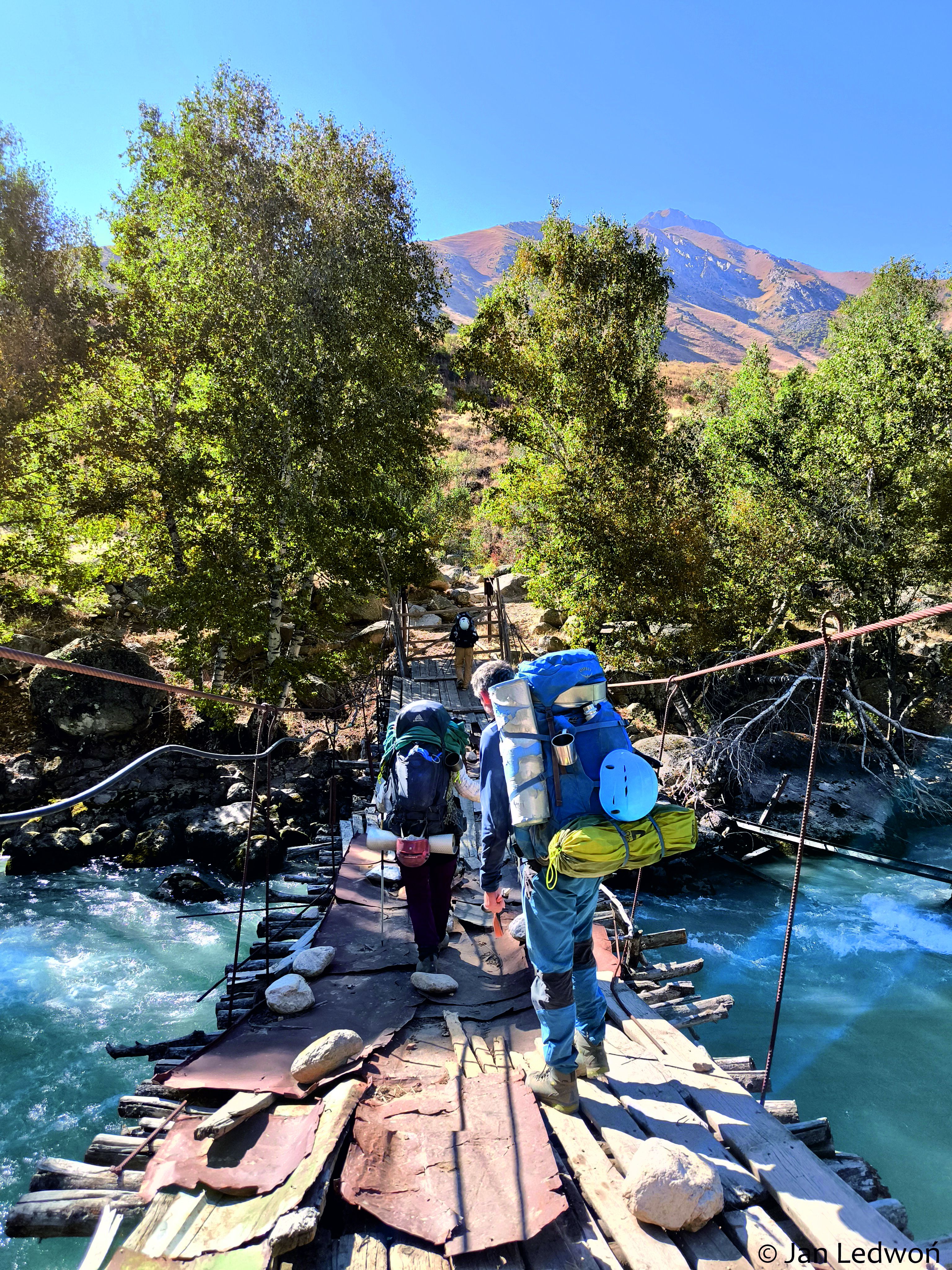
To answer these questions, the researchers will investigate whether the innovation in tool-making, which saw a shift to more efficient technology around 50,000 years ago, occurred when Homo sapiens arrived, or whether it was already in use by earlier hominid species. This new technique involved producing sharp-edged tools by striking flakes from a single piece of stone, marking a significant advancement in human craftsmanship.
Dr. Kot’s team has already been conducting research in Central Asia, where evidence of similar tools has been found dating as far back as 70,000 years. ‘This raises the possibility that Homo sapiens might have arrived in the region much earlier than we previously thought, possibly influencing or adopting these innovations,’ she said.
The researchers will examine caves, which, due to the region’s dry and hot climate, have better potential for preserving organic materials like bones and genetic traces. While previous digs have focused on open-air sites, caves offer a rare opportunity to find well-preserved remnants of ancient life.
'Reaching these caves is a real challenge,’ Dr. Kot said. ‘Some of them are located at altitudes of 3,000-4,000 meters, and it can take several days to get there on foot, carrying all the necessary equipment. But with the lightweight tools we now have, it is finally possible to carry out precise excavation work.’
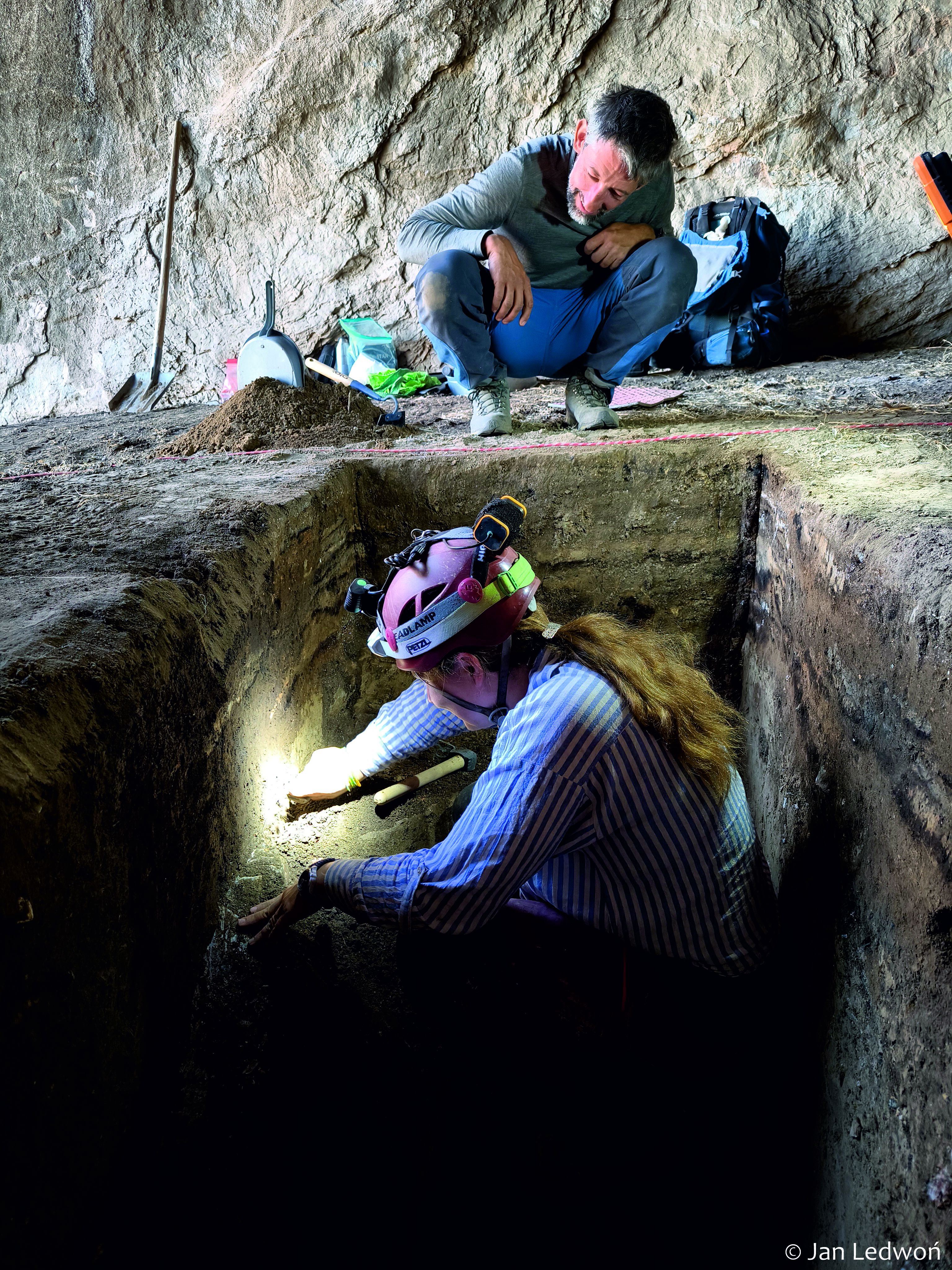
The team also benefits from new laboratory techniques that allow for the detection of DNA and other genetic markers in sediment layers, even in the absence of bones. These methods can help identify whether the remains belong to Neanderthals, Denisovans, or Homo sapiens. Lipid and amino acid analyses will further reveal evidence of human activity at these sites.
Dr. Kot said: 'These methods are revolutionizing our ability to study ancient hominids. "We no longer need bones to know who lived in a particular place. And if we find bones, we can now distinguish between the species with incredible precision.’
In addition to their scientific approach, the researchers have been working closely with local communities, including shepherds, hunters, and speleologists, to identify potential cave sites. Dr. Kot’s team has already conducted pilot searches in the area, uncovering promising sites. ‘Three days before the end of our initial research, we discovered a cave with well-preserved Pleistocene bones," she said. ‘We were on the verge of a major discovery, but unfortunately, time ran out. We’ll be returning there as part of this project.’
The team hopes to investigate around 30 caves over the course of the five-year project, aiming to find at least a few that contain Pleistocene sediments. ‘We estimate that only a small fraction of caves will offer the chance to study the deeper layers, but if we are lucky enough to find just two or three promising caves, the results could be very significant,’ Dr. Kot said.
PAP - Science in Poland, Ewelina Krajczyńska-Wujec
ekr/ zan/
Gallery (5 images)
-
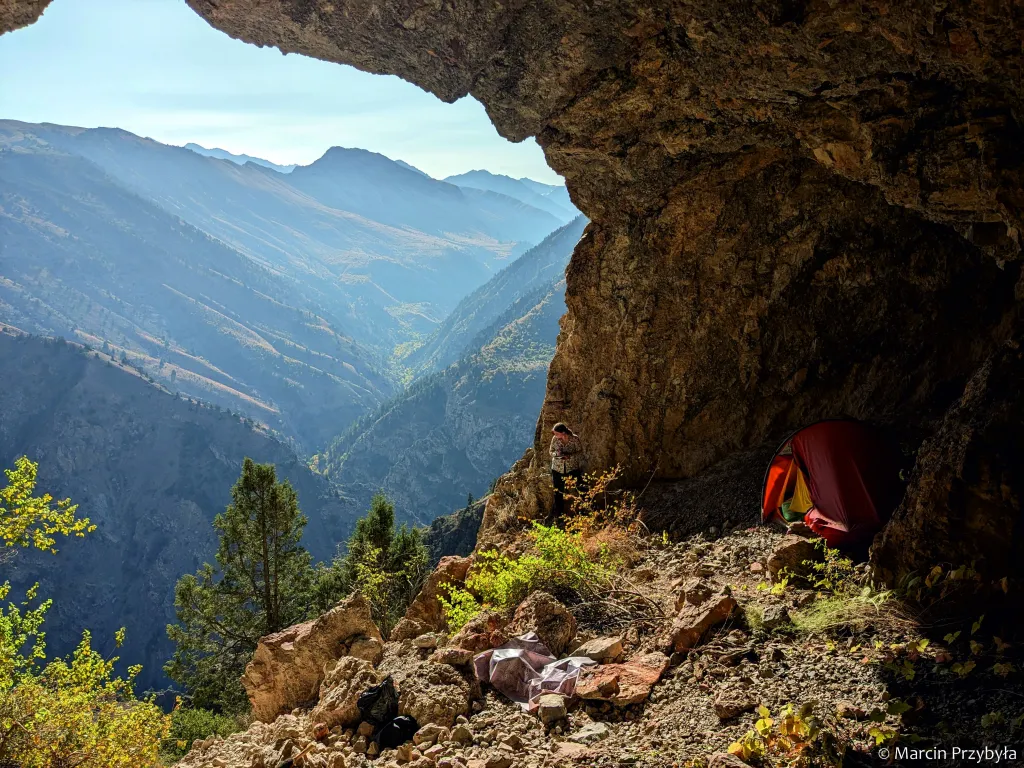 1/5Credit: Marcin Przybyła
1/5Credit: Marcin Przybyła -
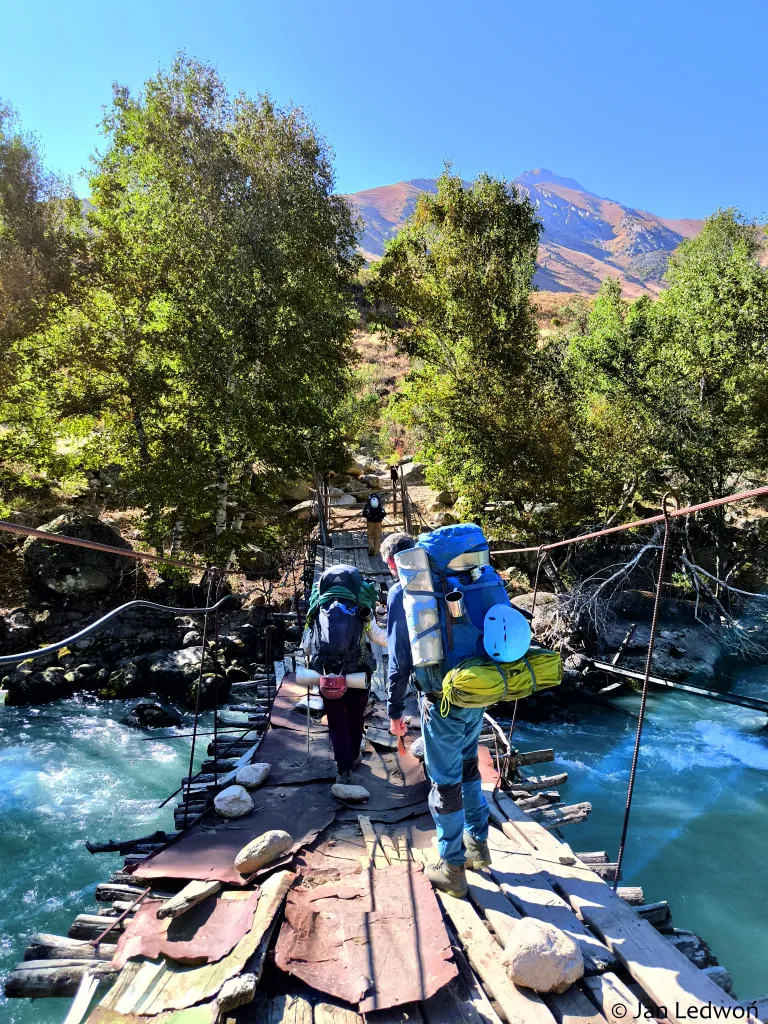 2/5Credit: Jan Ledwoń
2/5Credit: Jan Ledwoń -
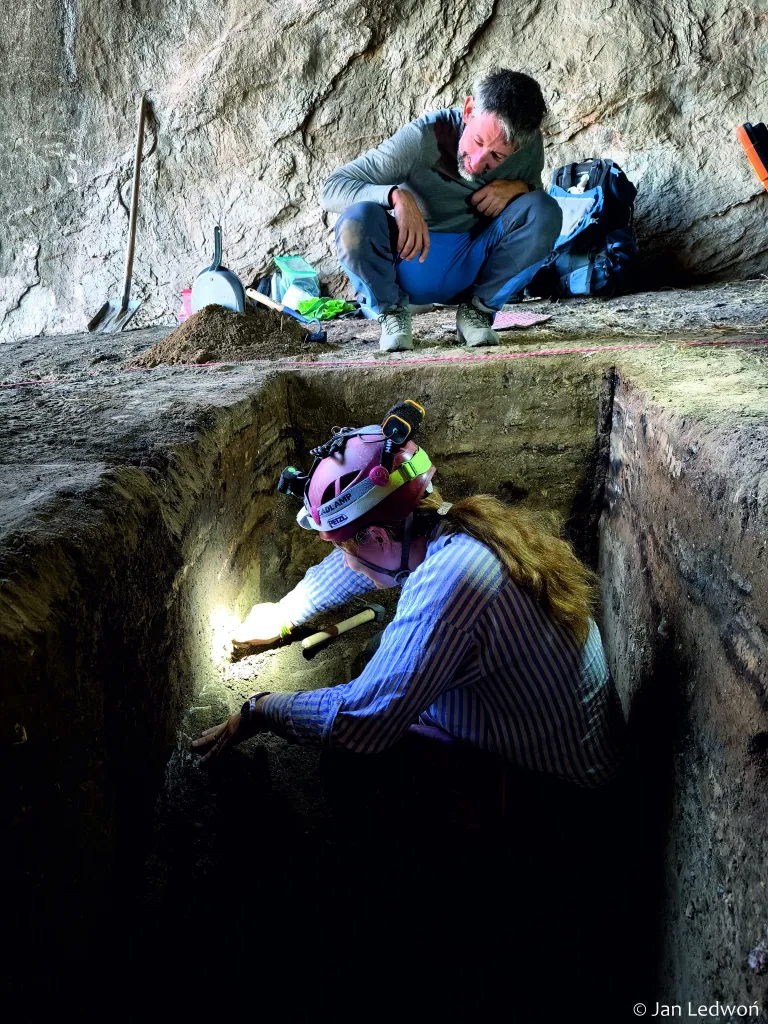 3/5Credit: Jan Ledwoń
3/5Credit: Jan Ledwoń -
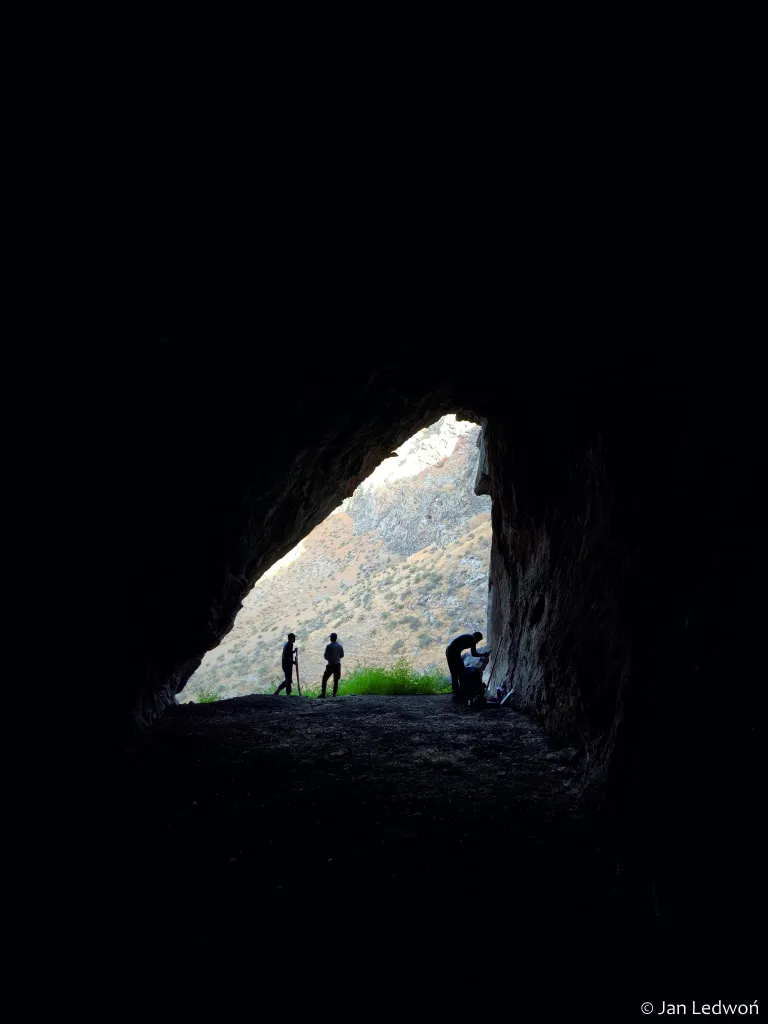 4/5Credit: Jan Ledwoń
4/5Credit: Jan Ledwoń -
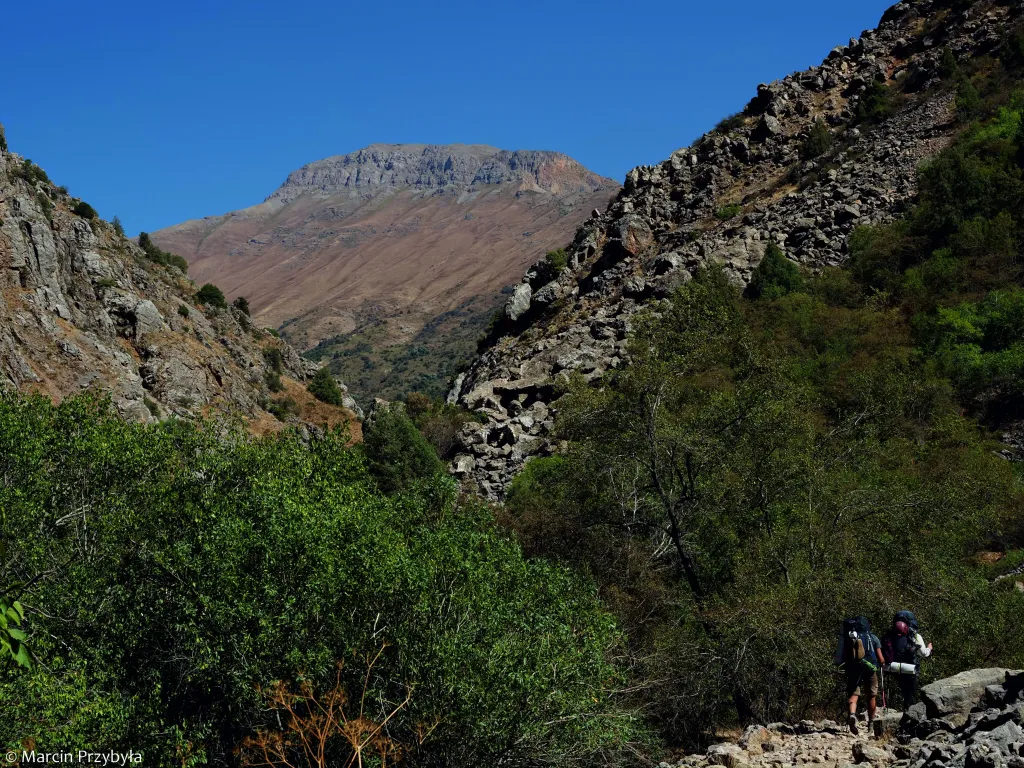 5/5Credit: Marcin Przybyła
5/5Credit: Marcin Przybyła

